1. Bald Eagle
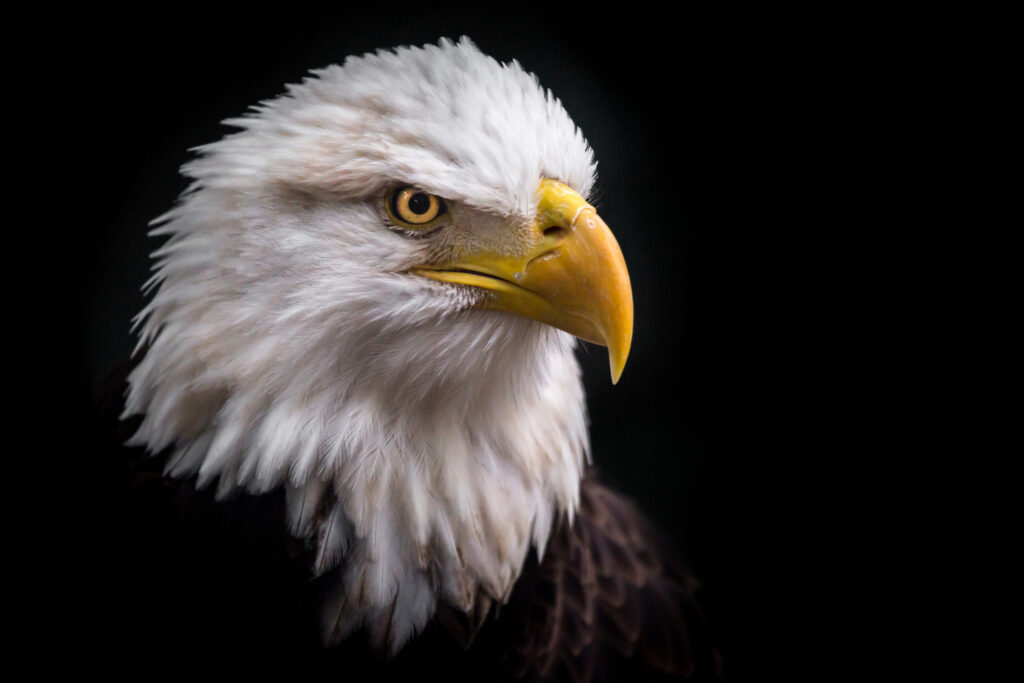
Once on the brink of extinction, the bald eagle has made a stunning recovery, soaring back into American skies in numbers no one expected. Decades ago, habitat destruction, hunting, and the pesticide DDT nearly wiped them out, leaving conservationists scrambling for solutions. The dramatic decline of the national bird was a wake-up call, leading to aggressive conservation efforts, strict legal protections, and the banning of DDT. Slowly but surely, these majestic birds found their way back, proving just how resilient nature can be when given the chance.
Today, bald eagle populations are thriving, with sightings in areas where they hadn’t been seen for generations. What’s even more surprising is how they’ve adapted to urban and suburban environments, nesting on cell towers and hunting in unexpected places. While they were once confined to remote wilderness areas, they’re now reclaiming lakes, rivers, and coastlines across the country. Their return is a testament to how well-targeted conservation efforts can work, reminding us that even the most at-risk species can make an incredible comeback.
2. Gray Wolf
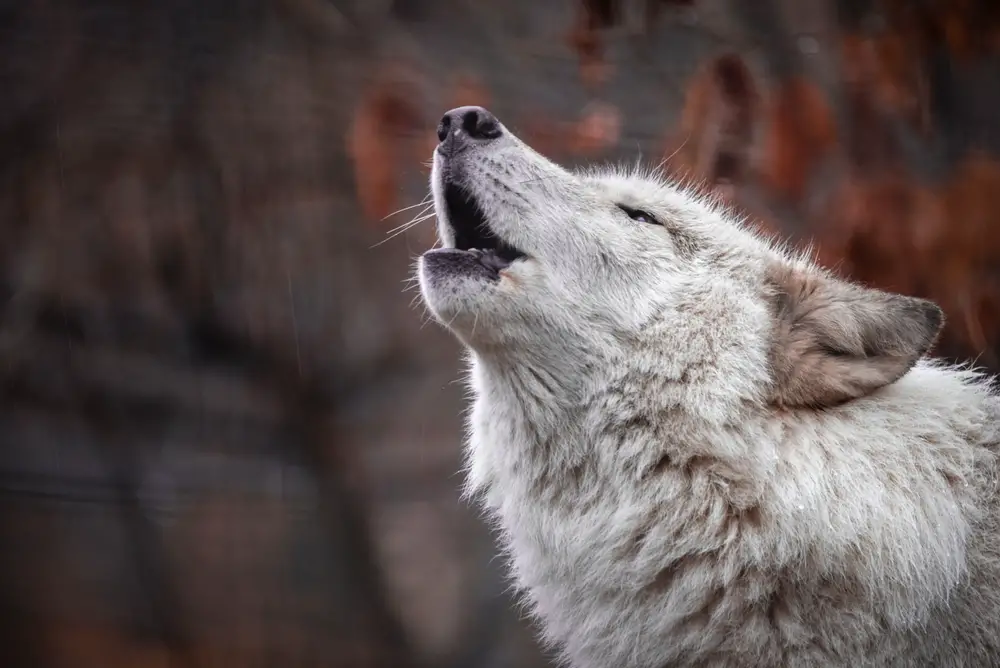
The haunting howl of the gray wolf was once a rare sound in the American wilderness, with populations decimated by hunting, habitat loss, and government-led extermination programs. For over a century, wolves were seen as a threat to livestock and human safety, leading to their near-eradication in the lower 48 states. But as attitudes toward predators changed and reintroduction programs took hold, the gray wolf has slowly reclaimed its place in the ecosystem. The most famous effort took place in Yellowstone National Park, where wolves were reintroduced in the mid-1990s, sparking one of the most successful wildlife recovery stories in history.
Since then, wolf packs have spread beyond the park’s boundaries, roaming through Montana, Wyoming, Idaho, and even further east into the Great Lakes region. Their return has had profound effects on the environment, helping to restore natural balances by keeping deer and elk populations in check. Wolves have even been spotted in areas where they hadn’t lived for over a century, proving their adaptability and resilience. While they still face challenges, especially in regions where livestock conflicts remain a concern, their surprising resurgence is a major win for wildlife conservation.
3. American Alligator
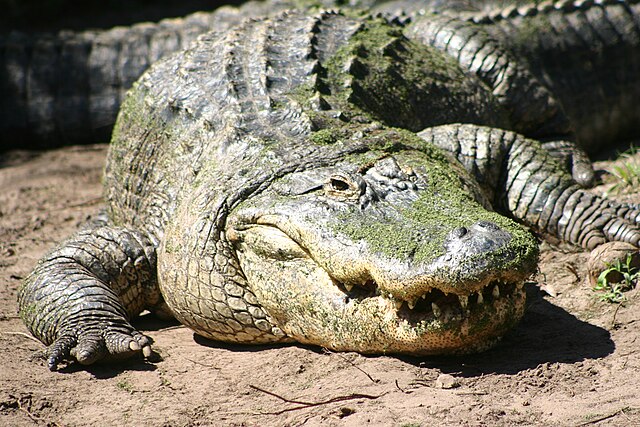
There was a time when the American alligator was dangerously close to disappearing, largely due to unregulated hunting and habitat destruction. In the mid-20th century, these prehistoric-looking reptiles were on the endangered species list, with their numbers dwindling across the southeastern U.S. Wetland drainage, poaching, and the high demand for their hides pushed them to the edge, and conservationists feared they might be lost forever. But thanks to strict protections and a shift in public awareness, the alligator population rebounded in a way few could have predicted.
Today, American alligators are thriving, even to the point of making unexpected appearances in suburban neighborhoods, golf courses, and backyard ponds. Their recovery is considered one of the greatest success stories in wildlife conservation, showing that legal protection and habitat preservation can truly turn things around. Alligators now play a crucial role in maintaining the health of wetland ecosystems, creating water holes that benefit countless other species. Their resurgence is a reminder that nature has an incredible ability to heal when given the chance, even for creatures that once seemed doomed.
4. Humpback Whale
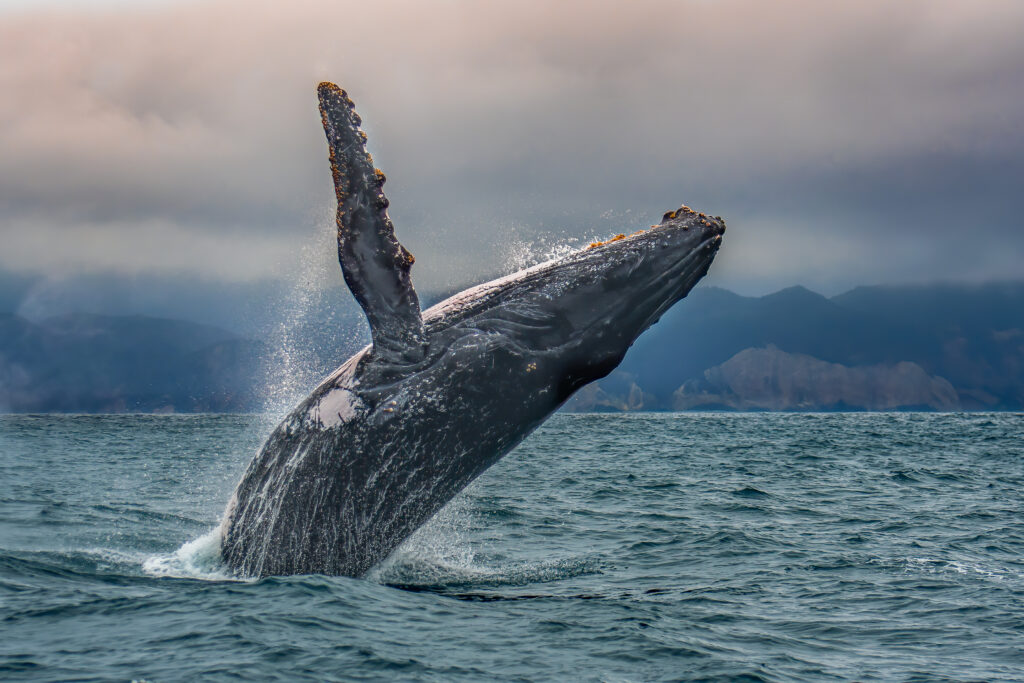
Few animals have made as dramatic a comeback as the humpback whale, a species that was nearly wiped out by commercial whaling in the 20th century. At one point, their numbers had dropped so low that extinction seemed inevitable, with entire populations disappearing from certain oceanic regions. The hunting of these gentle giants was relentless, and by the time conservation efforts kicked in, the damage was severe. But thanks to the banning of commercial whaling and international protection agreements, humpback whales have staged one of the most incredible recoveries in marine history.
Today, humpback whales are not only surviving—they’re thriving. Their numbers have rebounded in many parts of the world, including along both U.S. coasts, where whale-watching tours now have a better-than-ever chance of spotting them. Scientists have noted an increase in social behaviors, including elaborate breaching displays and complex songs that can be heard for miles. The return of these magnificent creatures also benefits entire marine ecosystems, as whales play a key role in nutrient cycling and ocean health. Their recovery is proof that large-scale conservation efforts can work, even for species that once seemed doomed by human activity.
5. Peregrine Falcon
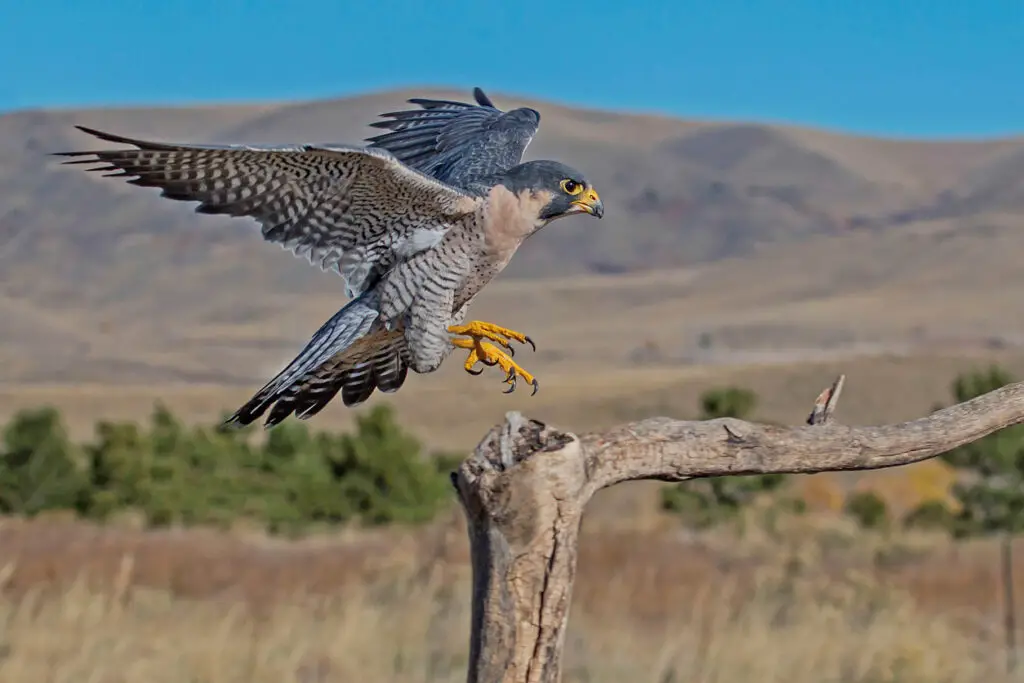
The peregrine falcon’s comeback is nothing short of miraculous, considering that by the mid-20th century, this bird was nearly gone from North America. The widespread use of DDT weakened their eggshells, leading to reproductive failure and a steep decline in population. By the 1970s, breeding pairs had nearly vanished from the continental U.S., leaving conservationists scrambling to find solutions. Thanks to captive breeding programs and the banning of DDT, peregrine falcons were slowly reintroduced into the wild, with surprising results.
Not only did these birds return, but they also adapted in unexpected ways. Once confined to cliffs and remote nesting sites, peregrine falcons have taken to urban environments, nesting on skyscrapers, bridges, and high-rise buildings. They’ve become an integral part of city ecosystems, keeping pigeon populations in check while thrilling birdwatchers with their high-speed dives. Their ability to bounce back in such a dramatic way showcases the resilience of wildlife when given a fighting chance, proving that even species on the edge of extinction can find a way to survive and thrive.
6. Sea Otter
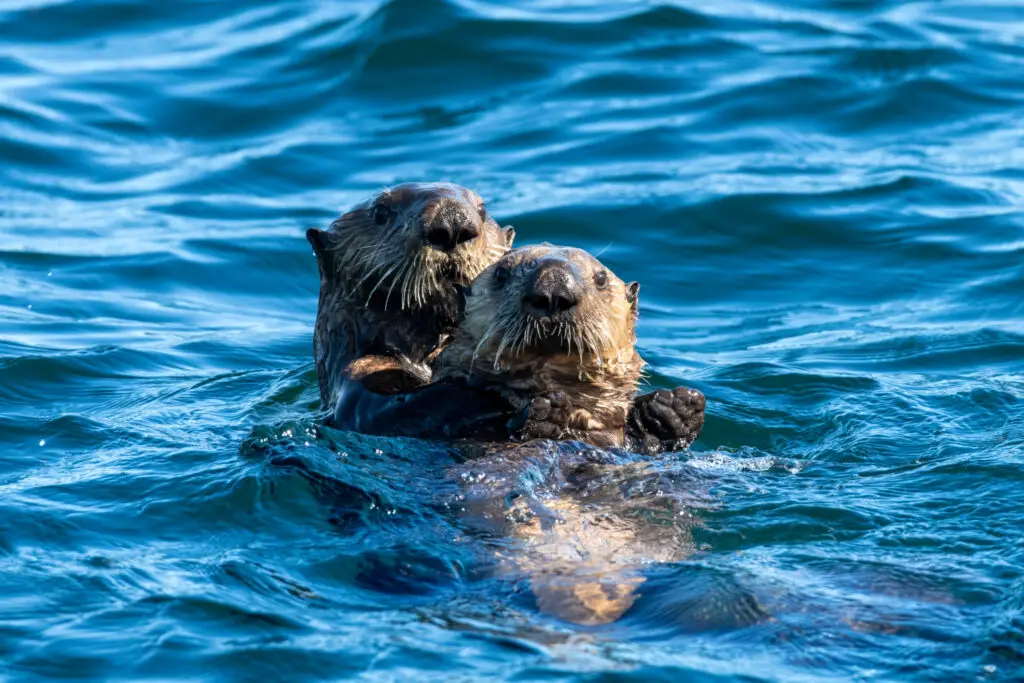
Sea otters were once hunted to near extinction for their incredibly dense fur, which was highly sought after in the fur trade. By the early 20th century, they had almost completely vanished from the Pacific coast, with only a few small, isolated populations remaining. Their loss had a ripple effect on marine ecosystems, particularly in kelp forests where they played a crucial role in controlling sea urchin populations. Without sea otters, kelp forests began to decline, affecting countless other marine species.
Thanks to legal protections and conservation efforts, sea otters have made a remarkable return, repopulating coastal areas from California to Alaska. Their resurgence has also led to the revival of kelp forests, demonstrating just how interconnected ecosystems are. While challenges remain, including pollution and climate change, the sight of sea otters floating in kelp beds is a hopeful sign. Their story is a testament to the power of conservation and a reminder of how one species can have a profound impact on an entire ecosystem.
7. Black-Footed Ferret
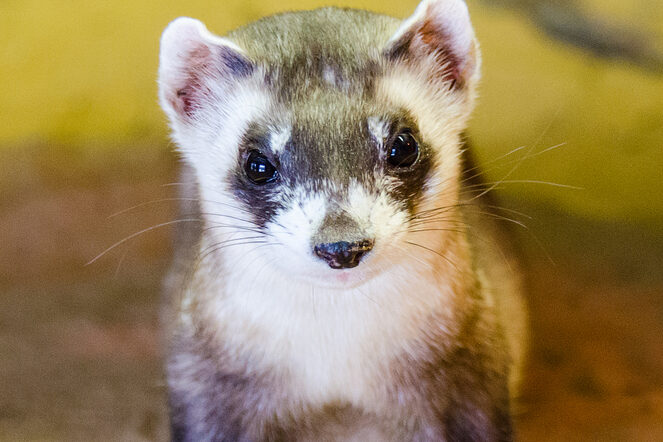
Once declared extinct in the wild, the black-footed ferret is one of the most surprising comeback stories in American wildlife conservation. These small, nocturnal predators were heavily dependent on prairie dogs for food and shelter, but as prairie dog populations were decimated by habitat destruction and disease, the ferrets declined as well. By the late 1970s, they were believed to be completely gone, a tragic loss for one of North America’s most unique mammals. Then, in 1981, a tiny population was unexpectedly discovered in Wyoming, sparking an all-out effort to save the species.
Captive breeding programs, reintroduction efforts, and habitat restoration projects have slowly brought black-footed ferrets back from the brink. Today, small populations exist in several states, and conservationists continue to monitor and support their fragile recovery. Despite ongoing threats, including disease and habitat fragmentation, these tenacious little predators are proving that extinction is not always final. Their return serves as a powerful reminder of how even a species thought to be lost forever can make a comeback with the right interventions.
8. California Condor

With a wingspan of nearly ten feet, the California condor is one of the most awe-inspiring birds in North America—and also one of the rarest. By the 1980s, only a handful of these scavengers remained in the wild, victims of habitat destruction, lead poisoning, and poaching. Their population had dwindled to just 27 individuals, leading conservationists to make a controversial decision: capture every remaining condor and launch an intensive breeding program. It was a desperate gamble, but one that ultimately paid off.
Today, thanks to decades of effort, California condors have been reintroduced to parts of California, Arizona, and Utah, where they once soared freely. Though still highly endangered, their numbers are steadily increasing, and sightings of these massive birds in the wild are becoming more common. The challenges remain significant—lead poisoning from ammunition is still a major threat—but their recovery proves that even species on the absolute edge of extinction can be saved. The California condor’s story is a testament to human perseverance in the fight to protect wildlife.
9. Green Sea Turtle

For centuries, green sea turtles were relentlessly hunted for their meat, shells, and eggs, causing their populations to plummet. Habitat destruction, pollution, and accidental capture in fishing nets made things even worse, pushing them toward extinction. Nesting beaches were disrupted by coastal development, and warming ocean temperatures further complicated their survival. By the late 20th century, these ancient mariners were in serious trouble, and their disappearance would have had devastating effects on marine ecosystems.
But against the odds, green sea turtles have begun a surprising comeback, thanks to decades of conservation efforts. Protections for nesting sites, bans on turtle hunting, and regulations on fishing practices have given these gentle giants a fighting chance. Now, more turtles are returning to nest in places where they hadn’t been seen in decades, and hatchling numbers are rising. Though they still face threats from climate change and plastic pollution, their slow but steady recovery is a sign of hope for ocean conservation efforts.
10. Red Wolf

The red wolf is perhaps one of the most mysterious comeback stories in American wildlife conservation. Once roaming across the southeastern United States, this unique species was nearly wiped out by habitat loss, hunting, and hybridization with coyotes. By the 1970s, fewer than 20 remained in the wild, making them one of the rarest mammals in North America. The U.S. Fish and Wildlife Service launched a last-ditch effort to save the species by capturing the remaining wolves and starting a captive breeding program.
After decades of work, red wolves were reintroduced into the wild in North Carolina, where a small but determined population continues to fight for survival. Their comeback has been rocky, with ongoing conflicts with humans and other predators, but they have defied the odds. Though still critically endangered, red wolves have proven that species on the brink of disappearing can make a return with dedicated conservation efforts. Their story remains unfinished, but the progress made so far is a powerful sign that recovery is possible.
11. American Bison
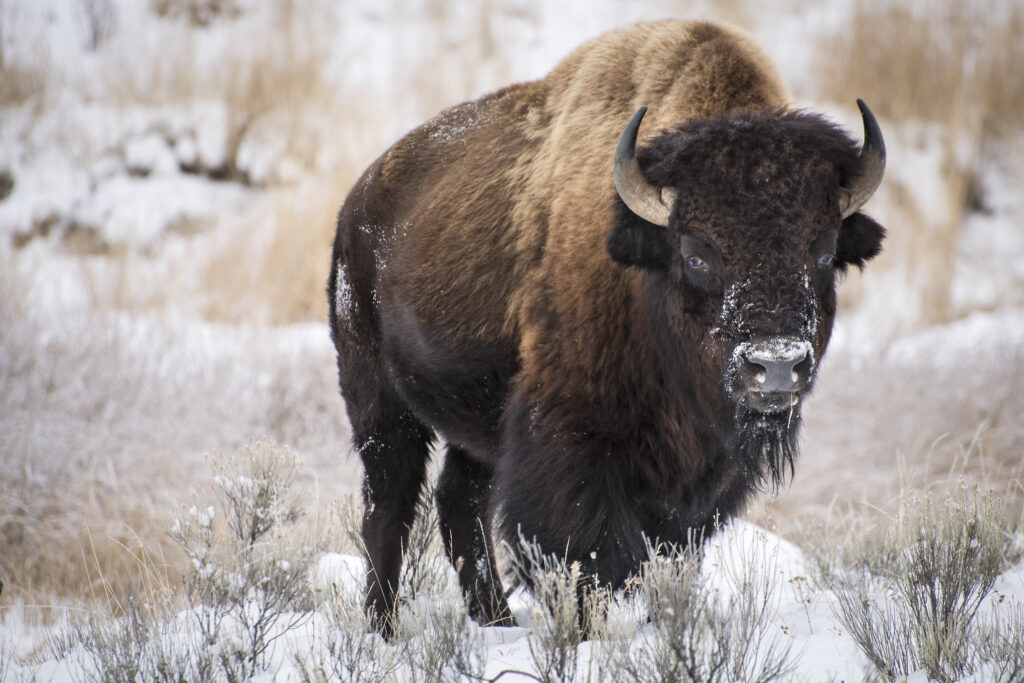
Few animals are as deeply woven into American history as the bison, yet these massive creatures were nearly wiped out in the 19th century. Once numbering in the tens of millions, uncontrolled hunting, habitat loss, and government policies aimed at eradicating them left fewer than a thousand bison in existence. Their near-extinction was one of the most devastating wildlife losses in history, a stark reminder of how quickly humans can destroy an entire species. But thanks to conservationists, ranchers, and Native American tribes, the American bison is making a remarkable recovery.
Bison herds have now been reestablished in national parks, tribal lands, and private reserves across the country. While they may never roam the plains in the same vast numbers as before, their comeback is still one of the greatest successes in wildlife conservation. Bison are once again playing their vital role in prairie ecosystems, and their return has become a symbol of resilience. The efforts to restore these animals also highlight the importance of preserving not just species, but the landscapes they depend on.
12. Ocelot
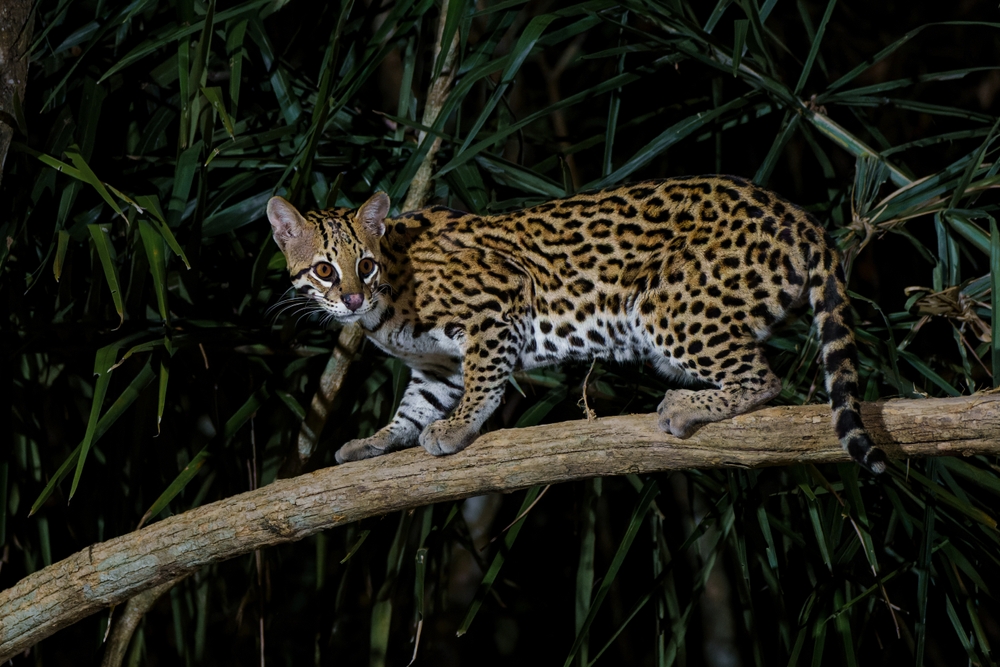
The ocelot, a sleek and spotted wildcat, was once widespread across the southern U.S., but habitat destruction and hunting nearly drove them to extinction in the country. By the mid-20th century, they had almost completely disappeared from Texas, with only a few individuals remaining in the wild. Unlike some of the larger big cats, ocelots are secretive and elusive, making their recovery efforts particularly challenging. Conservationists feared that the loss of these beautiful cats was inevitable, as urbanization and road construction fragmented their remaining habitat.
However, in recent years, efforts to protect and expand ocelot habitats have started to pay off. Wildlife corridors, land conservation initiatives, and legal protections have allowed small populations to hold on in southern Texas. Though still endangered, their numbers are showing signs of stability, and new conservation plans aim to help them thrive once again. The return of the ocelot is a reminder that even the most vulnerable species can have a second chance if we are willing to fight for them.


